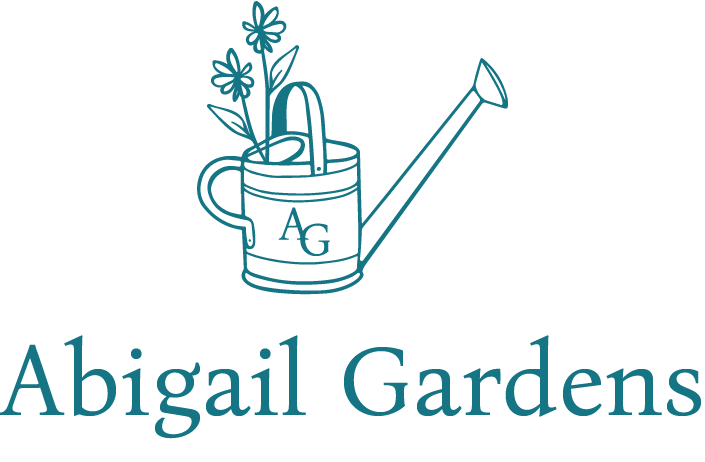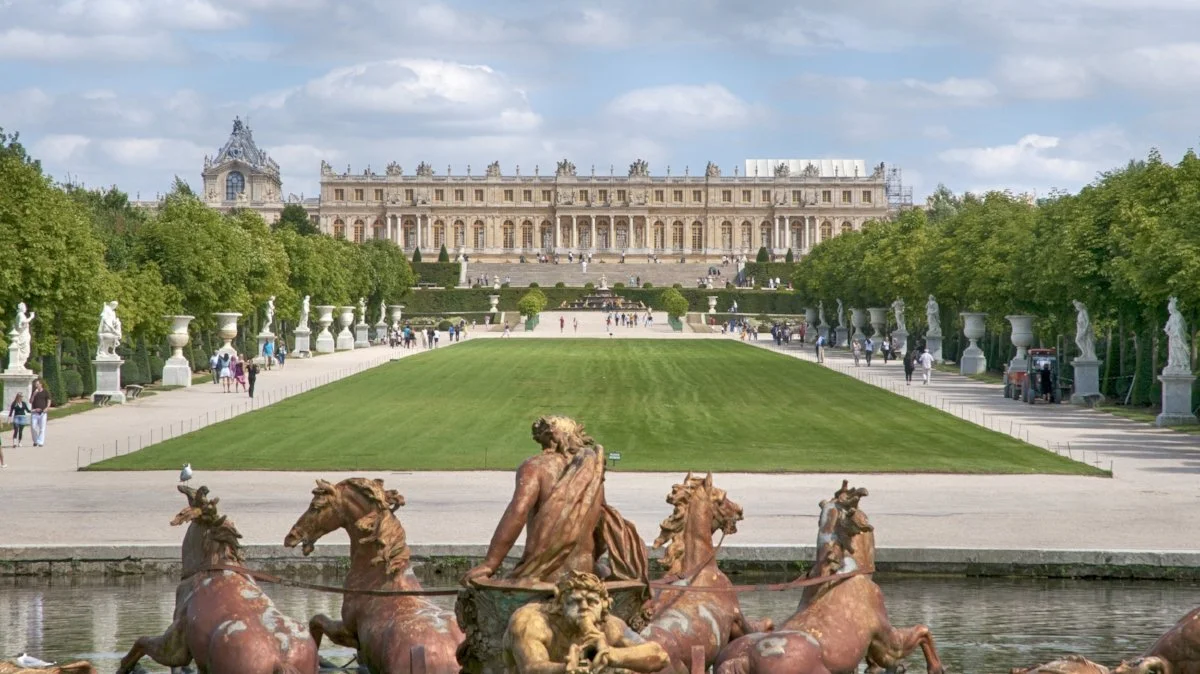Why Lawns are Outdated and Unsustainable
Have you ever looked outside on a hot, humid, Virginia afternoon and thought, “If only I didn’t have to go mow my lawn right now, life would be great?” Well, what if I told you there was a solution that allowed you to be lazier, more sustainable, and have a more beautiful landscape than ever? This vision is possible and easy to achieve with a native meadow! But first, let’s jump back in time 300 years to when this all started.
The first “launde”(Middle English term for glade or opening) was introduced in the early 1700s by a man named André Le Nôtre, who designed and installed a small area of grass within the gardens at the Palace of Versailles.
This style of grass management became popular throughout England and France, becoming a symbol of wealth and high standing in society. Lawns were status symbols due to the extremely high amount of manual labor and resources that went into keeping them pristine, far beyond what a natural landscape required. This trend moved to the United States in 1806 when Thomas Jefferson included a lawn in his landscape.
As time went on and the middle class became wealthier, the lawn became a mainstay and a symbol of success in suburban America.
Jumping forward to modern day, it is rare to find a house that does not display a fully manicured lawn, but why are we still maintaining an archaic ritual that requires so much work, money, and if we’re being honest, really isn’t that exciting? It is clear that lawns are outdated, but even worse than that, they are unsustainable. In the United States alone, upkeep of lawns consumes three trillion gallons of water (⅓ of all domestic usage), 200 million gallons of gas, and 70 million pounds of pesticide per year. All of this adds up to 100 billion dollars spent by consumers annually to maintain their lawns. This is unacceptable, especially in a time with unprecedented species loss, habitat loss, droughts, floods, and warming temperatures. And rather than spending our money to mitigate these issues, we are fueling them through the widespread creation and upkeep of a status symbol.
Research has shown that on average, lawns exhibit temperatures 9 degrees hotter than those of meadows and other native habitats. Pesticides used on lawns kill native pollinators, as well as birds who eat seeds and insect life. Lawns also flood easily due to their high soil compaction and poor drainage rate, which allows for runoff of pesticides into local waterways, poisoning fish and the humans who eat them. Last but not least, lawns harbor less diversity and quantity of life, which directly inhibits the resiliency of our environment towards climate change and invasive species.
Enter meadows and other lawn alternatives. The simplest way to transition away from a lawn is to start planting native ground-covers such as clover, moss, moss phlox, creeping thyme, violets, wild strawberry, and Green and Gold.
These are all low-maintenance groundcovers that will spread well and rarely, if ever, need to be mowed. If you want to create something more biodiverse, and eye-catching in your garden, a meadow garden is what you want. Meadows are made up of medium to tall flowering perennials and grasses. A few examples of these are Muhly Grass, Side Oats Grama, Virginia Wild Rye, Goldenrod, Agastache, Joe Pye Weed, Bluestem grasses, and Purple Lovegrass.
Plants like these are drought tolerant, require little to no maintenance, and create quality habitat for pollinators and birds alike. Meadows are the whole package! If these options still seem like too much for you, simply mowing your lawn less and letting it grow a few inches taller can have significant impacts on heat control and biodiversity.
This is not to say that lawns don’t have their place. Lawns are great for creating walkways, recreational areas, and seating areas, but they don’t need to be the main feature of our landscapes. Make your landscape like the palace of Versailles and have your lawn be just one part of a beautiful and vibrant landscape.
-Andy King






